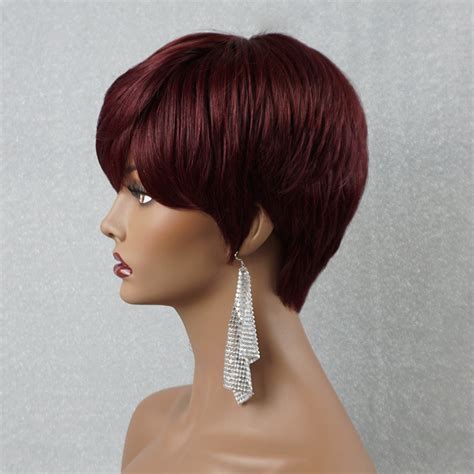Protecting your hair from dirt, debris, and harmful chemicals is essential for maintaining its health and beauty. While wearing a hair cover may seem like a simple task, doing it improperly can lead to discomfort, hair damage, and a messy appearance. Here are five easy steps to ensure that you put on a hair cover correctly and effectively:

1. Choose the Right Hair Cover
The first step is to select the appropriate hair cover for your needs. Consider the type of hair you have, the activity you will be engaging in, and the desired level of coverage. Here are some common options:
- Bouffant Caps: Designed for full head coverage and made of lightweight, non-woven material, bouffant caps are ideal for healthcare, food service, and manufacturing environments.
- Mob Caps: Similar to bouffant caps but with a shorter brim, mob caps provide basic hair coverage and are often used in food processing facilities and laboratories.
- Hairnets: Made of fine mesh or elastic, hairnets offer minimal coverage but are effective at securing flyaway hairs and keeping hair out of the face.
- Scrub Caps: Designed specifically for surgeons and other medical professionals, scrub caps feature a tighter fit and longer brim to minimize hair exposure during surgery.
2. Prepare Your Hair
Before putting on the hair cover, brush or comb your hair to remove any tangles or knots. This will make it easier to secure the cover and prevent hair from peeking out.
3. Position the Hair Cover
Place the hair cover over your head, ensuring that the front edge is positioned above your forehead and the back edge covers the nape of your neck. The brim should fit snugly around your hairline.
4. Adjust the Elastic
Most hair covers have an elastic band that runs around the circumference. Pull the elastic over the back of your head and adjust it until it is secure and comfortable. The hair cover should not be too tight, as this can cause discomfort or headaches, nor should it be too loose, as this can allow hair to escape.
5. Check for Coverage
Once the hair cover is in place, check to ensure that all of your hair is covered. If any hair is exposed, readjust the hair cover as necessary. It is also important to make sure that the hair cover does not obstruct your vision or interfere with your breathing.
Wearing a hair cover provides numerous benefits, including:
- Hygiene: Hair covers prevent hair from falling into food, products, or work surfaces, ensuring cleanliness and safety.
- Safety: In hazardous environments, hair covers protect hair from chemicals, debris, and other hazards.
- Reputation: Businesses that enforce hair cover policies demonstrate their commitment to hygiene and professionalism, enhancing their reputation with customers and clients.
- Hair Protection: Hair covers shield hair from exposure to harsh chemicals, heat, and UV rays, minimizing damage and promoting hair health.
Putting on a hair cover correctly is essential for maximizing its effectiveness and ensuring comfort. By following the simple steps outlined above, you can ensure that your hair is protected and that you present a clean and professional appearance. Whether you are working in a healthcare setting, food service establishment, or hazardous environment, wearing a hair cover is a simple yet effective way to protect your hair and maintain hygiene.
